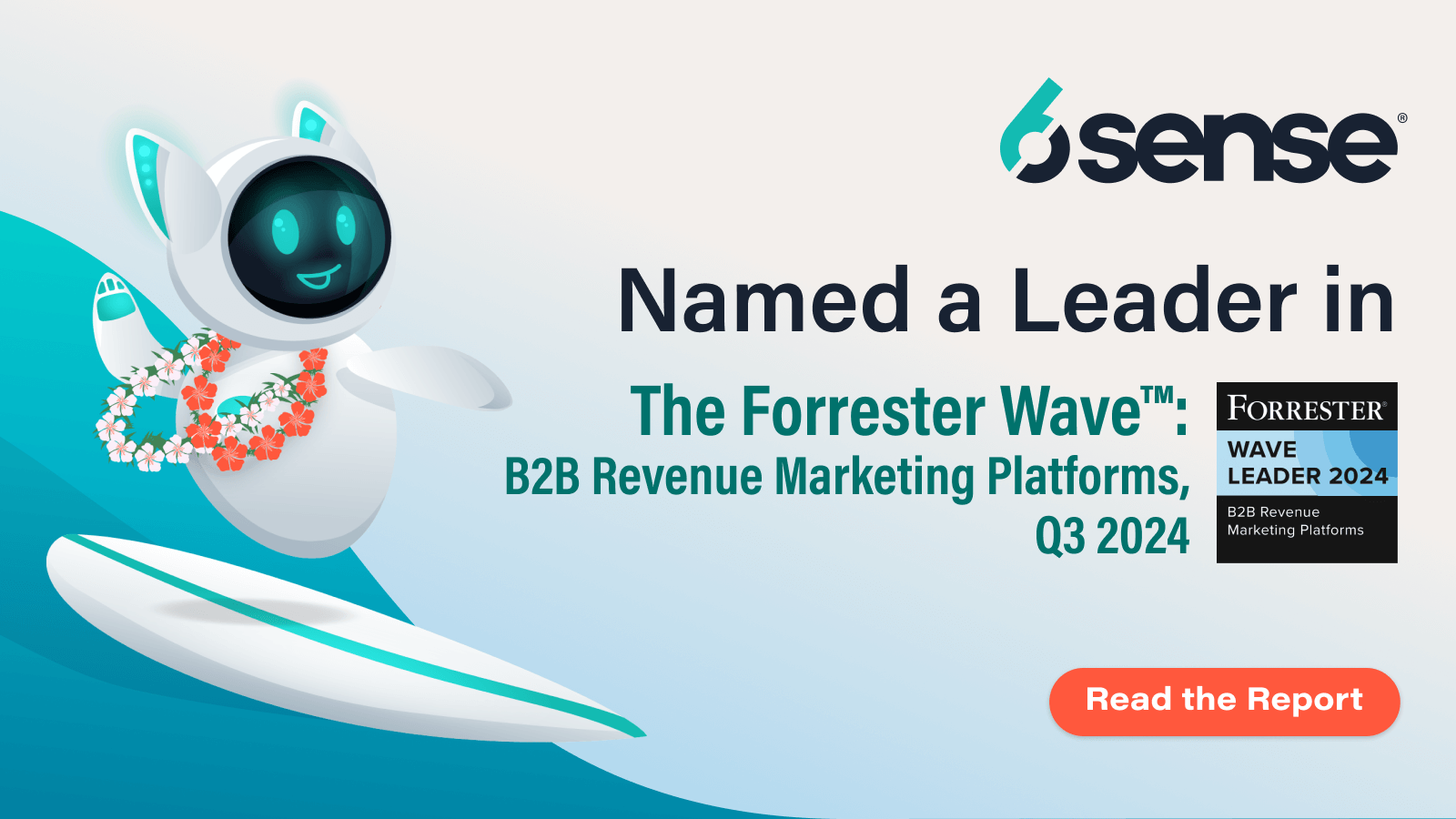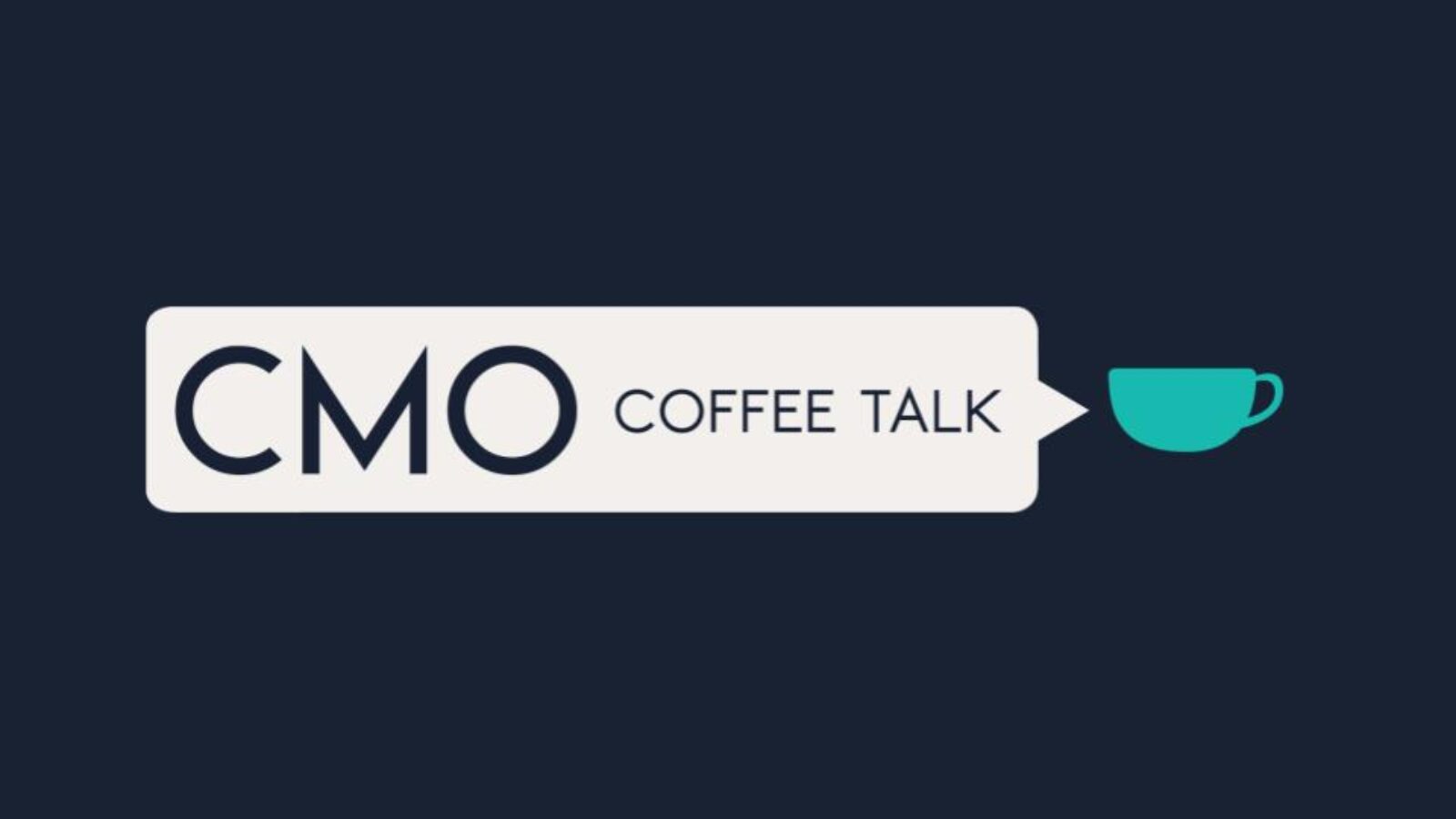Two hours with April Dunford was not enough.
Over two sessions of CMO Coffee Talk last Friday, the author of Obviously Awesome shared a wide variety of use cases, examples and cautionary tales that made it abundantly clear how important crisp, focused product positioning is to your go-to-market success.
Check out Carilu Dietrich‘s recap of takeaways as well as a few more highlights from the chat below.
If you are a B2B CMO or head of marketing and want to join these Friday morning sessions (we never record them) as well as a vibrant Slack community, let me know.
“So what?” The most important question in marketing.
Positioning = what you want buyers to remember; Messaging = the phrases you use to help them understand your positioning. Positioning = The Ultimate Driving Machine. Messaging = Fast car driving on twisting roads with wind in your hair.
If we think of positioning as an input for messaging – that helps.
Company positioning: investors. Product positioning: sales/customers.
Differentiators, use cases and client/customer value are the big focus for our GTM messaging. Without solving for this we are commoditized.
I have been doing a lot of thinking about reducing “hassles and frustrations” – hard to quantify, but I feel like there is power there we don’t mine enough.
Challenge in an old big company: Shifting internal perceptions of value to match customer perceptions of value. As in, “our products are great because they are super durable” while customers are satisfied with less durability in return for better price. Internal “mythology” about “who we are” can be very tough to move – I think even harder than customers.
It seems that analyst relations plays a big part in this because the analysts will categorize or position your product for you in their research, making it even more important to make sure they understand where you want to play – this is obvious but I’ve never thought about it in that way and I’m not sure many non marketing execs understand this.
Category Creation is one part market segmentation and one part demand identification, it’s very hard to wish a new category. Have been successful in creating new adjacent categories from existing established categories. Eg there was document management category and business process automation category, my former company created document process automation category that we got the analysts to recognize as sub-categories of the two bigger ones.
There’s also something to do with the “rule of two” in developing a market category – 2 competitive firms end up spending, raising awareness for everyone else.
You need competitors to have a category.
The analyst firms are retrospect category creators – they name it after it has established traction and exists.
I’m sorry to say this, but Play Bigger has been the biggest oversimplification in modern times… with 20/20 hindsight, and forced a whole generation of CEOs to place unreasonable demands on CMOs.
Audience persona – Problem defined – issues identified – product applied – better situation.
Take all the “marketing” words out of the positioning statement…. It’s NOT messaging.
Consider taking most of the stuff that sounds like marketing out of your messaging too. When I see things like “we are the only company that solves X” my reaction is immediately “that’s bull”.



